Japan on Friday (March 11) mourned the thousands who lost their lives in a massive earthquake and tsunami five years ago that turned towns to matchwood and triggered the world's worst nuclear disaster since Chernobyl in 1986.
The 9-magnitude quake struck offshore, sparking huge waves along a vast swathe of coastline and killing nearly 20,000 people. The tsunami crippled the Fukushima Dai-ichi Nuclear Plant, where meltdowns in three reactors spewed radiation over a wide area of the countryside and triggered a massive evacuation.
Here's a quick recap of what happened and what has been done so far:
What happened on March 11, 2011?
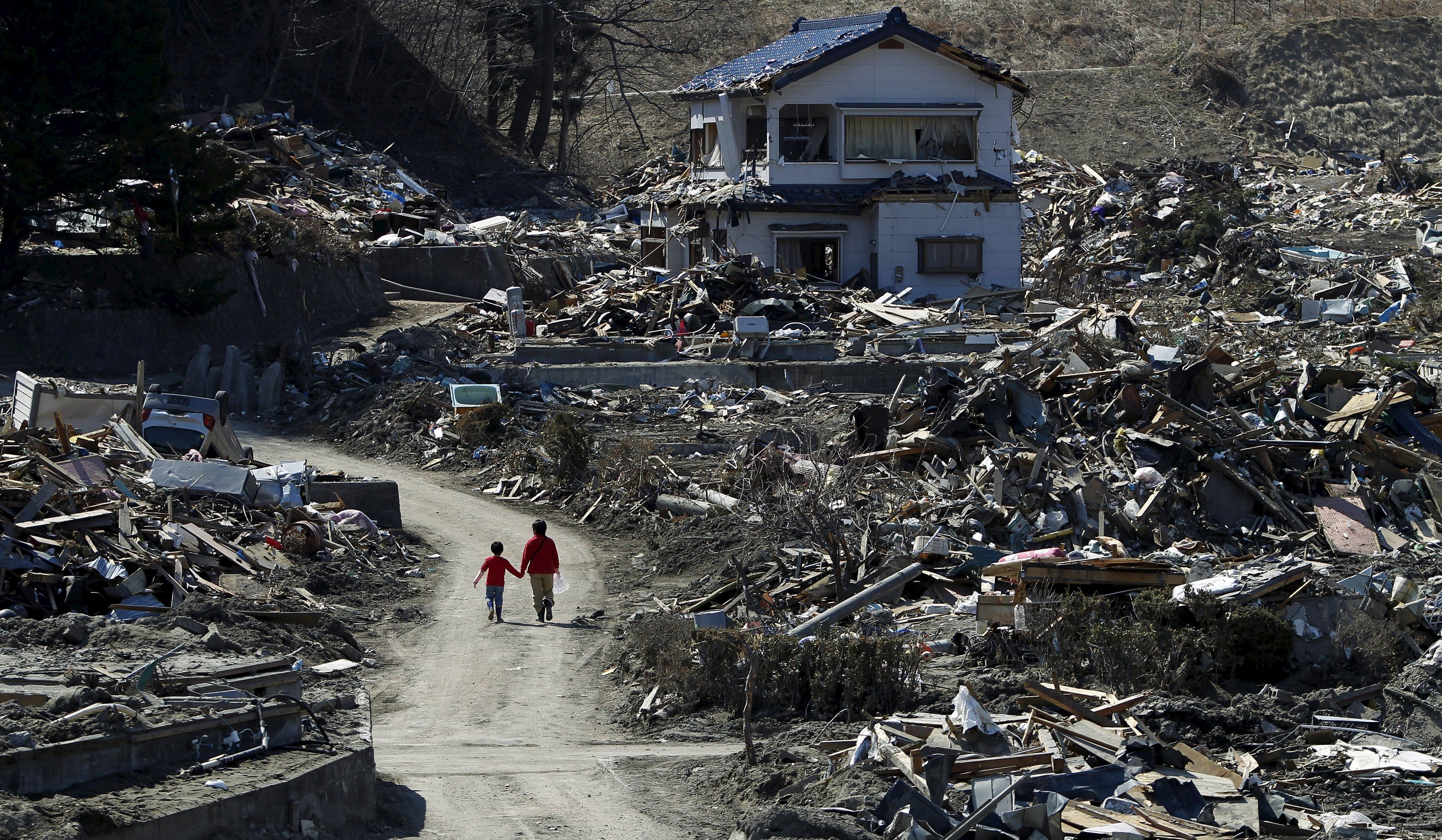
A huge 9-magnitude undersea earthquake ocurred off Japan's north-eastern coast, causing walls of sea water to inundate a wide swathe of the country's north-east region. The tsunami, about 10m high, destroyed buildings, swept entire homes out to sea and hurled seagoing vessels of iron and steel onto land as if they were toys thrown about by children.
Almost 16,000 people are known to have died and some 2,600 people are missing and presumed dead.
The tsunami also smashed into the Fukushima Dai-ichi Nuclear Plant where the cooling system was knocked off and fuel melted through the bottom of three reactor chambers. The meltdown spewed radiation over a wide area of the countryside, triggering a 30km evacuation zone involving more than 160,000 residents from nearby towns. Water, food and air were also contaminated.
The disaster caused an estimated 16.9 trillion yen (S$206 billion) in damage.
All of Japan's dozens of reactors went offline for about two years in the face of public worries over safety and fears of radiation exposure.
What is the current state of the Fukushima plant?
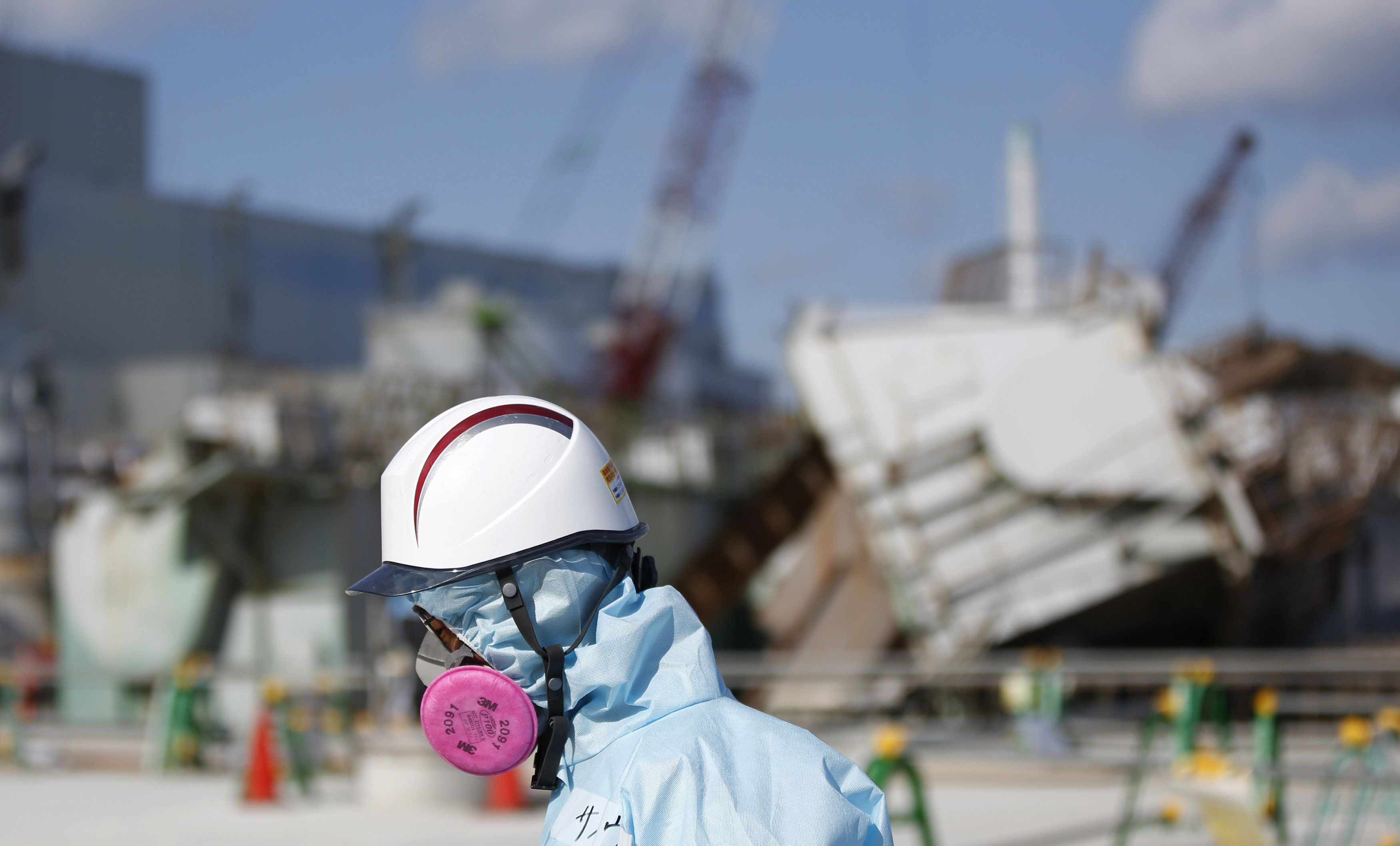
The operator, Tokyo Electric Power Co (Tepco), continues to search for the fuel that melted through the bottom of the three reactor chambers. Due to the dangerously high radiation levels in the reactor buildings, humans cannot enter. While the company has used cosmic ray photographs and computer models to estimate the approximate location, advanced robots must be used to find it.
Water management is another pressing issue. About 150 metric tonnes of water - less than the amount of water in one lane of an Olympic-sized swimming pool - flow into the reactor building daily from the nearby hills. The water mixes with the melted fuel, becomes contaminated and is pumped into tanks on the site.
Tepco will begin operating a frozen soil barrier surrounding the wrecked buildings to keep out water after the Nuclear Regulation Authority endorsed its plan recently.
How do they get the melted fuel out?
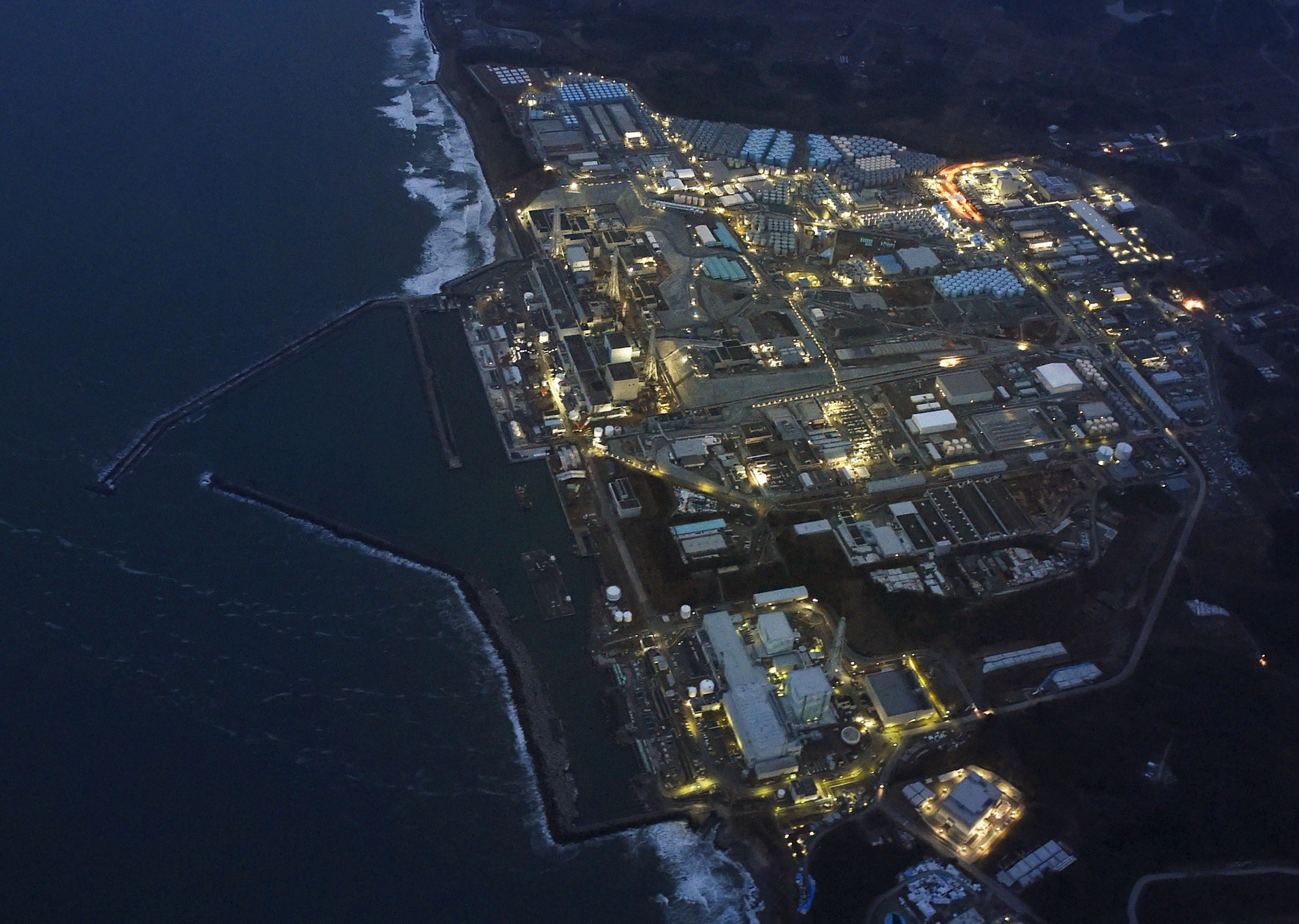
Once robots developed by Hitachi Ltd and Toshiba Corp locate the melted fuel, planning can begin to remove it. Leading the development of the removal system is the International Research Institute for Nuclear Decommissioning, a group of 18 Japanese companies and organisations formed in 2013 to support Fukushima's decommissioning.
Depending on the location of the melted fuel, a robotic arm and crane system could retrieve the melted fuel debris through the roof of the reactor or through the side, according to Mr Hirofumi Kinoshita, chief project manager for Hitachi's Fukushima nuclear business department.
This approach would be drastically different from what was done at Chernobyl, which was buried in a concrete sarcophagus with no attempt to remove the fuel.
What happens next?
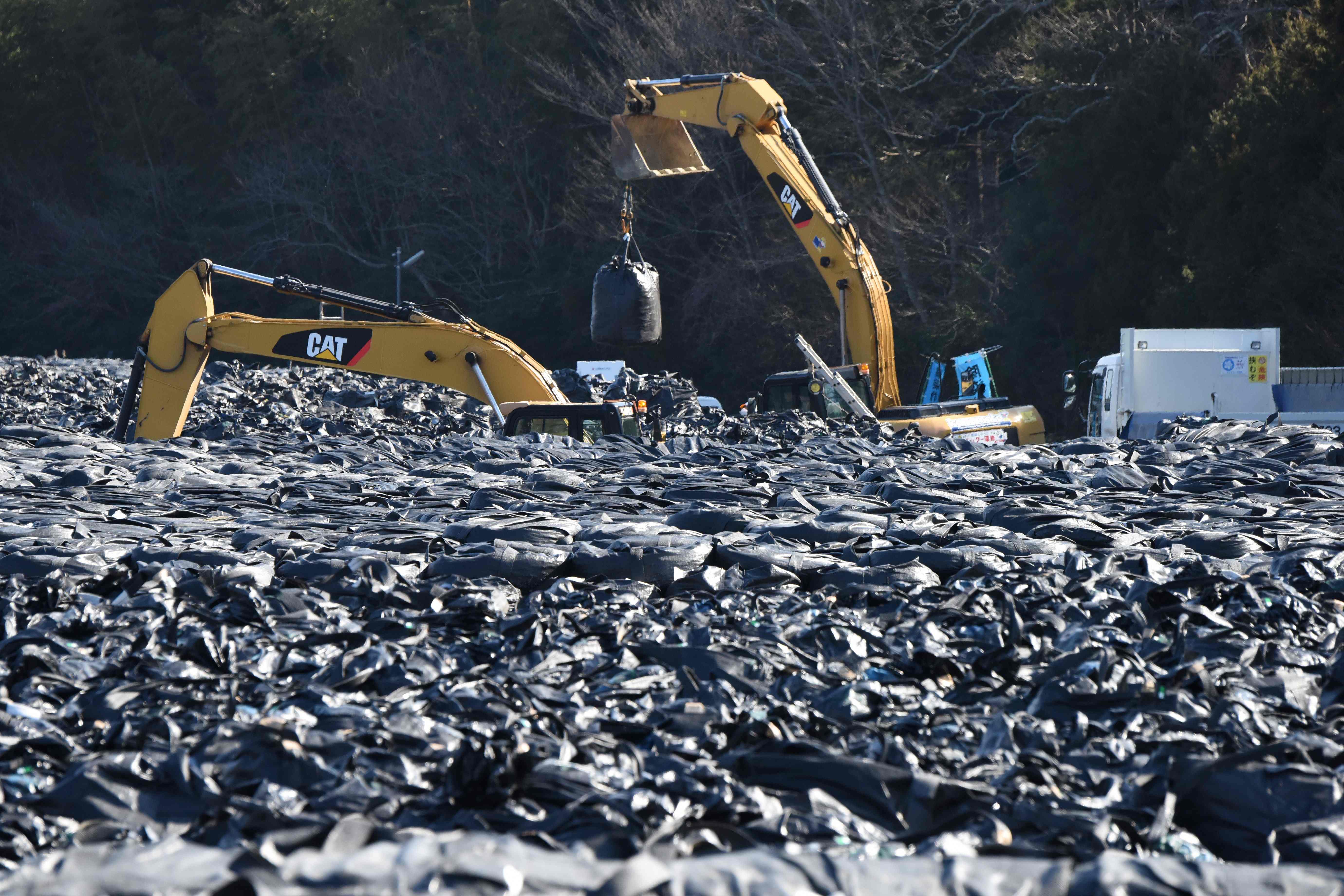
Tepco will remove used fuel rods - which are separate from the melted fuel - that remain in containment pools of water on the top floors of the three reactors where they were stored before the accident. Tepco will begin removing the spent rods in the No. 3 reactor within about two years with a robotic claw system. Removal in the No. 1 and No. 2 reactors will not begin until 2020 at the earliest.
The entire decommissioning process, including finding and removing the melted fuel at the bottom of the reactors, will take another 30 to 40 years, according to Tepco.
What has changed?
A new nuclear regulatory body, known as the Nuclear Regulation Authority (NRA), was established in 2012 to replace a predecessor criticised for ignoring warnings before the Fukushima disaster and having cozy ties with operators.
The NRA judges whether facilities meet safety guidelines for restart. All of Japan's nuclear reactors were eventually shut for safety checks following the Fukushima disaster. While four of the nation's 43 operable reactors have restarted so far under post-Fukushima safety rules, a local court has subsequently issued an injunction preventing two of the recently restarted reactors from operating because of safety concerns.
The government still sees nuclear energy playing an important part in its energy mix and has set a target for atomic energy to make up a quarter of its electricity supply by 2030.
What about Fukushima residents?
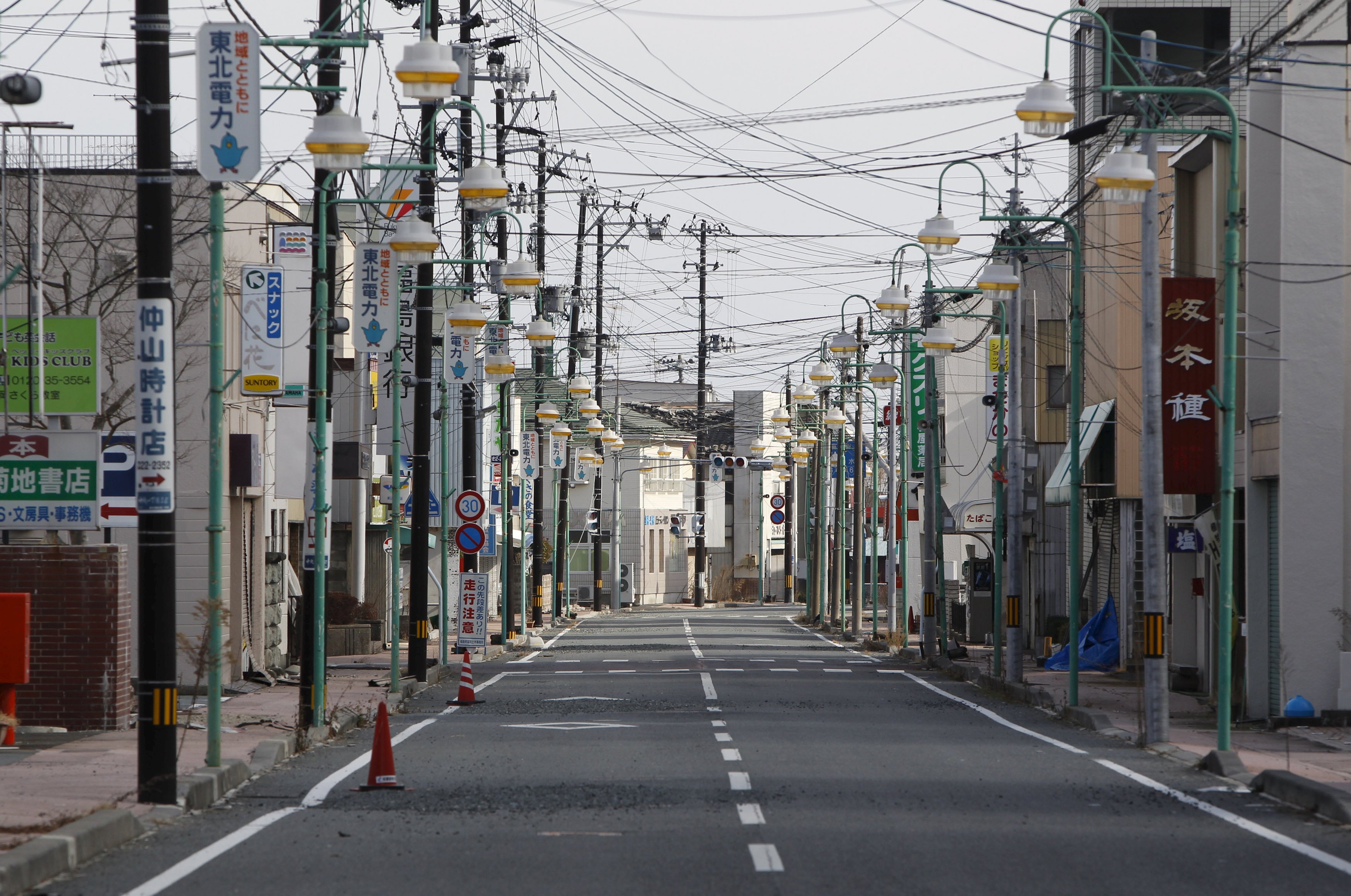
Some 100,000 evacuees have still not returned to their homes in Fukushima prefecture. Just over half of them are living inside the prefecture, while 43,000 are scattered across the rest of the archipelago. Of the roughly 57,000 displaced within Fukushima, 18,322 are still living in temporary housing units.
The government has begun lifting the compulsory evacuation orders for some communities in the former no-go zone surrounding Fukushima No. 1 nuclear plant, and plans to remove any remaining restrictions in March 2017.
However, many residents are reluctant to return. They fear that radiation in some areas is still high despite the huge decontamination effort that has been underway for the past five years. They also worry that compensation for their ordeal since March 2011 from the government and Tepco will be cut or end if they decide to restart life in their former hometowns.
Those who chose to vacate their homes outside the designated exclusion zone are also deeply concerned about the prospect of losing the right to stay in temporary accommodation a year from now and being left with no choice but to return.
Tokyo pledged 26.3 trillion yen over five years to rebuild the disaster area and will allocate another 6 trillion yen for the next five years.
SOURCE: BLOOMBERG, AFP, REUTERS, JAPAN TIMES

